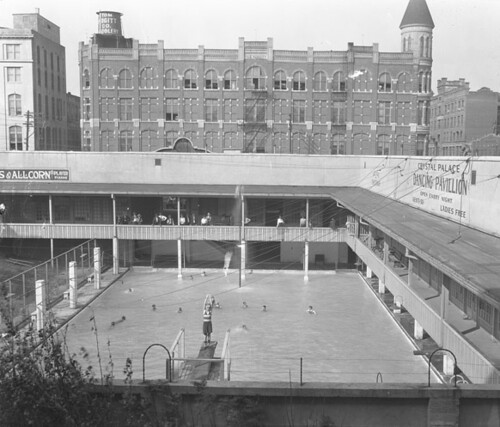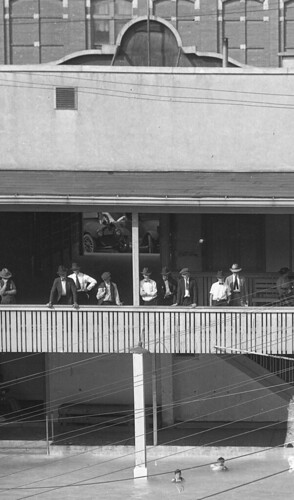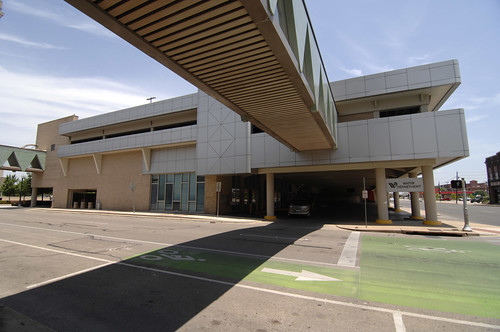
The Texas Collection’s holdings include many weighty academic tomes and important archival records. Even the paintings that hang in our reading room tend to the serious side—neither Samuel Palmer Brooks nor Pat Neff look amused in their portraits. But we have many fun items too, like the Baylor Bear Facts.

A trivia game centered on Baylor, the game was produced in the 1980s and includes trivia tidbits in the categories of sports, clubs, history, personalities, and potpourri. Below are just a few of the many questions available in the game. Try your hand at some Baylor trivia and find out how well you know Baylor! You might be surprised by some of the “bear facts.” (The photos are clues for a few of the questions—and answers are below the photos.)
- What was Baylor’s first women’s social club?
- Were there any dancing classes taught at Baylor in 1922?
- What did S.P. Brooks abolish in 1906?
- On April 7, 1969, what could Baylor coeds wear for the first time anywhere on campus?
- Baylor played a cross-town rival in its first-ever Homecoming football game. Who did Baylor beat in that historic game?
- What year did the senior class gifts become a Baylor tradition–1907, 1931, or 1945?
- Who was Baylor’s first clean shaven president?
- He is a Baylor grad, [was] director of the Student Center, and was elected mayor of Waco in 1984. Name him.
- This famous folk group performed in Marrs McLean Gym in a three hour show in 1969. The show was referred to as the P, P, and M show. What was the name of the group?
- This former Baylor student of 1856 rescued Cynthia Ann Parker from the Indians. Who was he?




Answers:
- Alpha Omega (now Pi Beta Phi)
- Yes, in the Physical Education department, folk dancing was taught. (The first official dance at Baylor wouldn’t be till 1996, however.)
- Football (due to the brutality of the game—but the sport was reinstated in 1907, due to popular opinion and modifications to the game to make it safer)
- Shorts and slacks (Before, even if a woman had a physical education class, she had to wear a long coat over her gym attire while walking to class.)
- Texas Christian University (before its move to Fort Worth)
- 1907 (The gift was a circular bench to sit outside Carroll Library–and it is still there in Burleson Quadrangle.)
- William Carey Crane. (The Texas Collection holds the William Carey Crane papers in its archives. The Royston Crane papers also have a good deal of information about Crane’s presidency and Baylor at Independence.)
- Ruben Santos (He served 35 years as director of the Student Union Building. Santos also was active with the Heart of Texas Regional History Fair, which is now housed within The Texas Collection.)
- Peter, Paul, and Mary. (To learn more about the wide variety of guests Baylor has hosted, check out this Digital Collections blog post on the Baylor press release digitization project.)
- Sul Ross (He rescued Parker in his role as a Texas Ranger. He went on to serve as a Confederate general, President of Texas A&M University, and Governor of Texas. The Texas Collection holds the Ross Family papers in its archives.)
The Texas Collection has archival records on many of these historical figures and events. Come visit us to learn more!
































